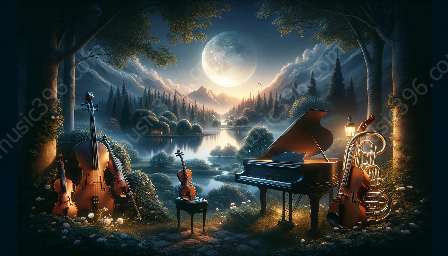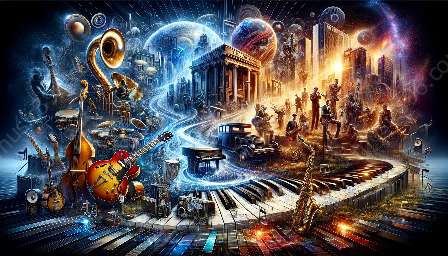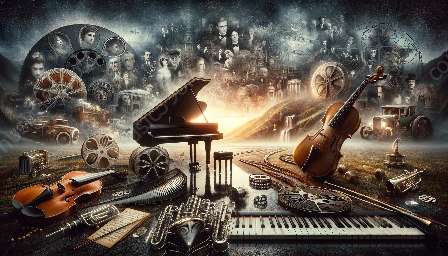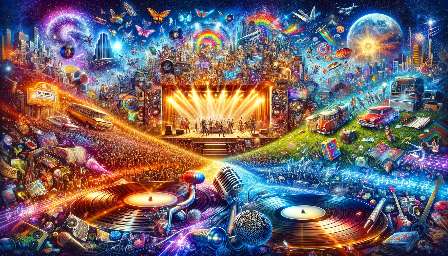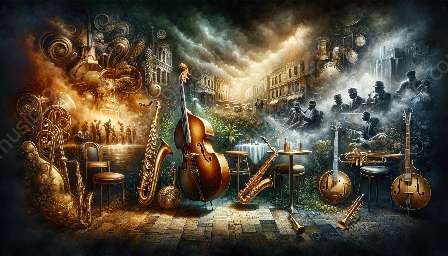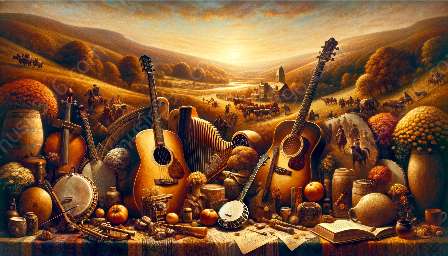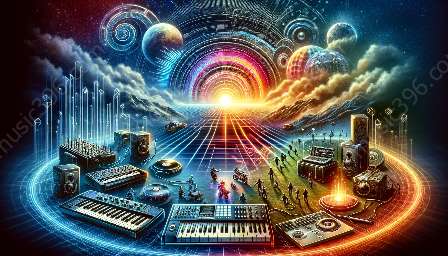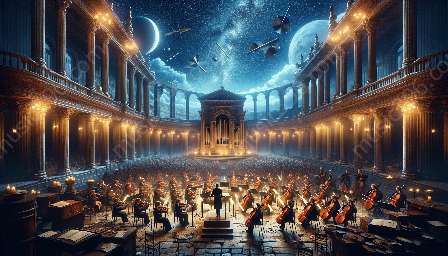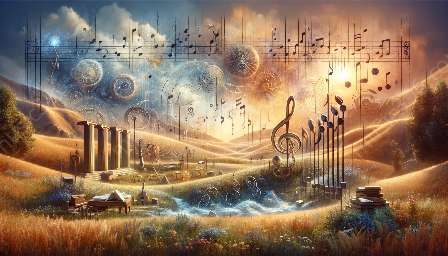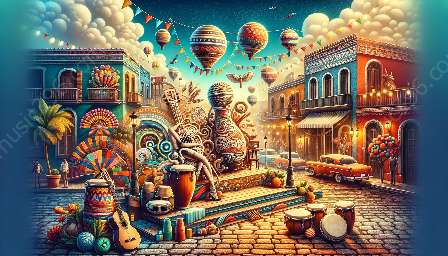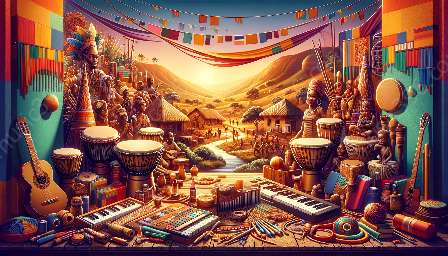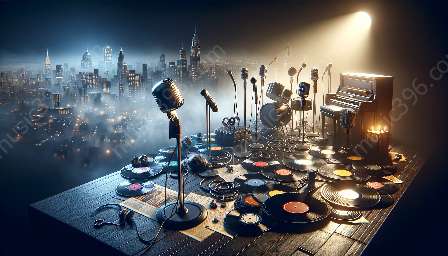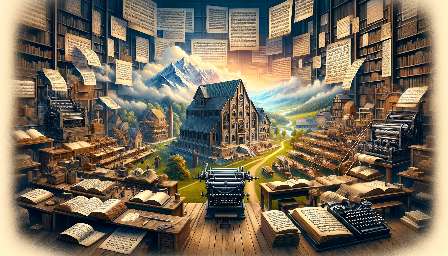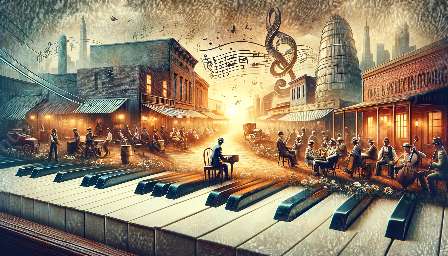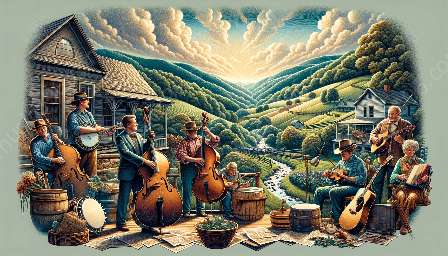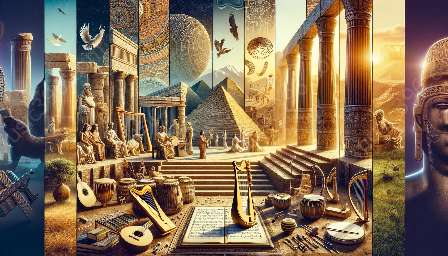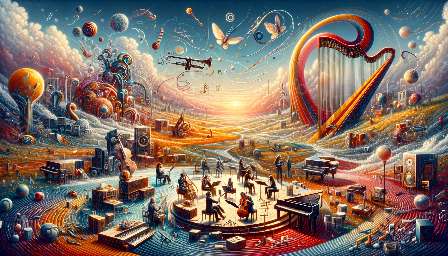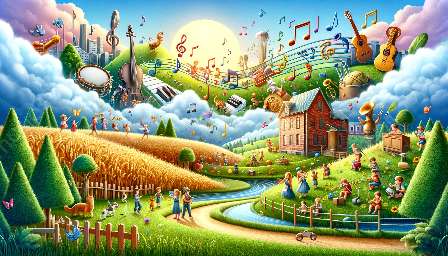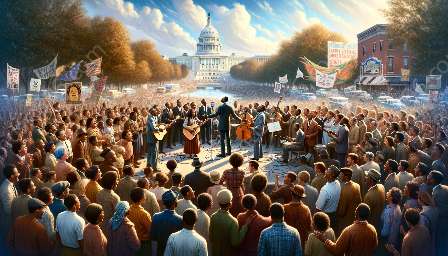Film music has long been intertwined with technological advancements, reshaping the history of music and film. From the early days of silent films to the era of sophisticated sound design, the evolution of technology has significantly influenced the creation and presentation of film music. This article delves into the historical developments, innovations, and impactful milestones that have defined the intricate relationship between film music and technological advancements.
The Birth of Film Music: Silent Era
During the silent film era, live music accompaniment was essential to enhance the emotional impact of the visuals. Pianists, organists, and even small orchestras provided improvised or pre-written musical scores to synchronize with the on-screen action. Technological limitations restricted the recording and synchronization of sound with moving images, leading to the reliance on live performances. The lack of synchronized sound in films necessitated creativity in composing music that could effectively convey emotions and narrative elements solely through the auditory medium.
As technological advancements in recording and playback emerged, particularly with the introduction of synchronized sound, film music underwent a transformative phase.
Technological Leap: Introduction of Sound in Films
The landmark introduction of synchronized sound in films through the Warner Bros.' Vitaphone system in the late 1920s revolutionized the film industry. This breakthrough allowed for the integration of pre-recorded music, sound effects, and dialogue directly into the filmstrip, marking a pivotal moment in film music history. With the introduction of sound, composers could now create intricate musical compositions specifically tailored to the narrative and emotional elements of the film. The availability of synchronized sound also opened new avenues for experimenting with orchestration, musical styles, and thematic motifs, enriching the overall cinematic experience.
Evolution of Film Scoring Techniques
Technological advancements further propelled the evolution of film scoring techniques. The development of innovative recording technologies, including magnetic tape and multi-track recording, enabled composers and sound designers to manipulate and layer complex musical arrangements. These advancements facilitated the creation of diverse soundscapes and elaborate musical textures that added depth and nuance to film scores. Composers could experiment with non-traditional instruments, electronic synthesis, and avant-garde techniques to craft distinctive musical identities for films, pushing the boundaries of creativity and expression. Notably, the use of electronic instruments and synthesizers in film scoring gained prominence during the mid-20th century, showcasing the symbiotic relationship between music and technology in shaping the sonic landscape of cinema.
Digital Revolution: Impact on Film Music
The advent of digital technology ushered in a new era of possibilities for film music composition and production. Digital audio workstations (DAWs), sampling technology, and computer-based music software empowered composers to explore a vast array of sonic palettes and sonic manipulation techniques. The seamless integration of sampled sounds, virtual instruments, and audio effects streamlined the process of composing, arranging, and producing film music, offering unprecedented flexibility and control over the creative process.
Moreover, the use of computer-generated imagery (CGI) and advanced visual effects in contemporary filmmaking called for innovative approaches in music composition and integration. Technological advancements in film production demanded film composers to adapt and collaborate with sound engineers and visual effects artists to achieve cohesive and immersive audiovisual experiences. The integration of spatial audio technologies, such as Dolby Atmos and IMAX sound systems, further expanded the sonic possibilities in film music, enhancing the spatial dimension and realism of soundtracks.
Technological Convergence: Interdisciplinary Collaboration
As technology continues to evolve, interdisciplinary collaboration between musicians, composers, sound designers, and technologists has become increasingly prevalent in film music production. The convergence of music, sound design, and interactive media in virtual reality (VR) and augmented reality (AR) experiences has redefined the relationship between film music and technological advancements. Immersive technologies and interactive audio platforms have necessitated the adaptation of spatial audio techniques, adaptive music systems, and interactive soundscapes to complement the ever-changing landscape of visual storytelling.
Future Horizons: Innovation and Integration
The relationship between film music and technological advancements is poised for further innovation and integration. Emerging technologies such as artificial intelligence (AI), machine learning, and algorithmic composition are beginning to influence the creative process and the adaptive nature of film music. AI-driven tools offer composers and filmmakers new avenues for exploring generative music systems, personalized soundtracks, and dynamic audio-responsive narratives, reshaping the landscape of film music with unprecedented interactivity and customization.
Moreover, the proliferation of streaming platforms and on-demand viewing experiences has given rise to new modes of content delivery and consumption. Technological advancements in streaming services and immersive audio formats are shaping the future of film music distribution and playback, presenting new opportunities and considerations for composers and music producers to craft audio experiences tailored for diverse listening environments.
Conclusion
The relationship between film music and technological advancements is a dynamic and evolving interplay that has left an indelible mark on the history of music and cinema. From the silent film era to the digital age, technological innovations have continually reshaped the creative possibilities and sonic landscapes of film music, driving immense creativity and transformative experiences for audiences worldwide.





